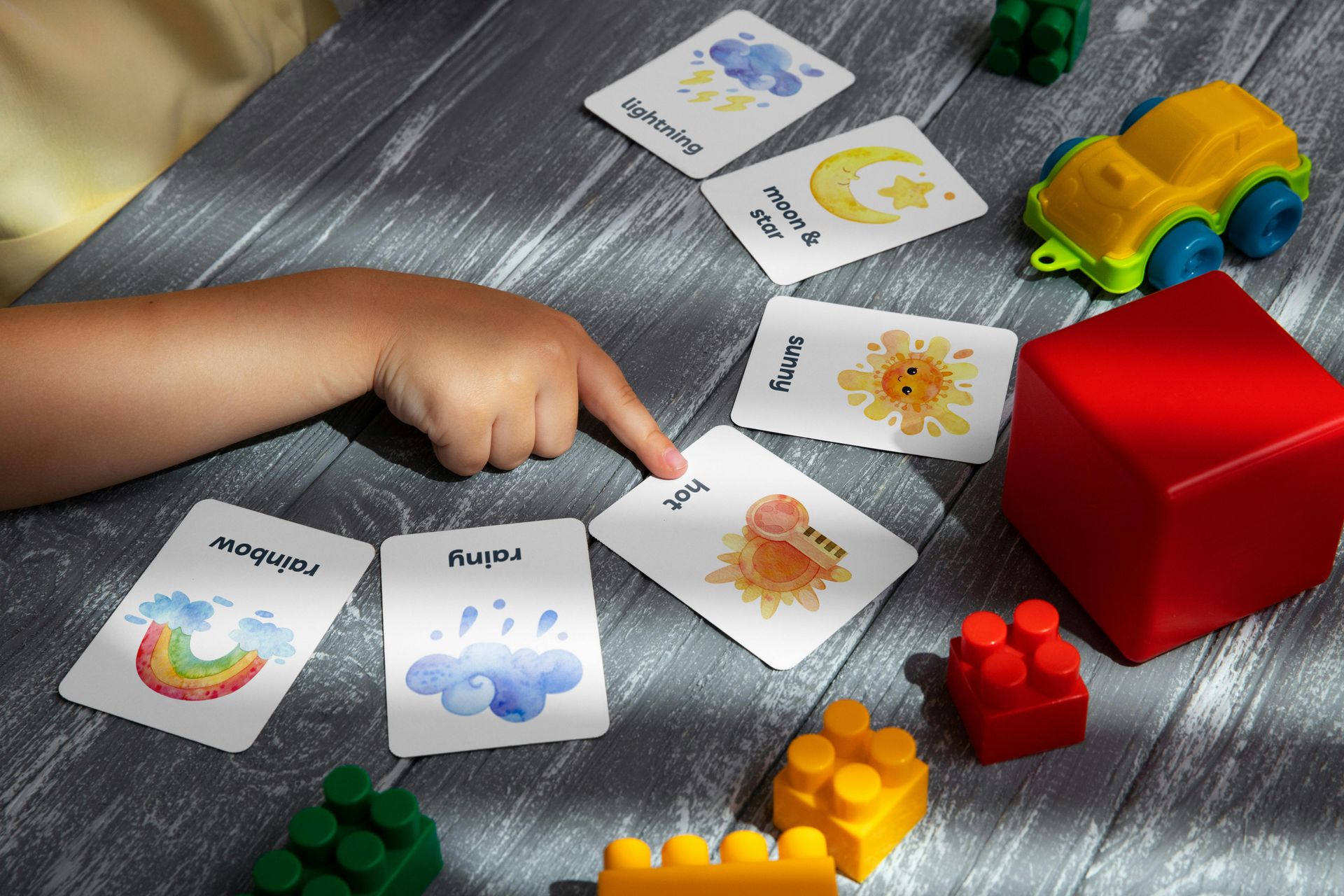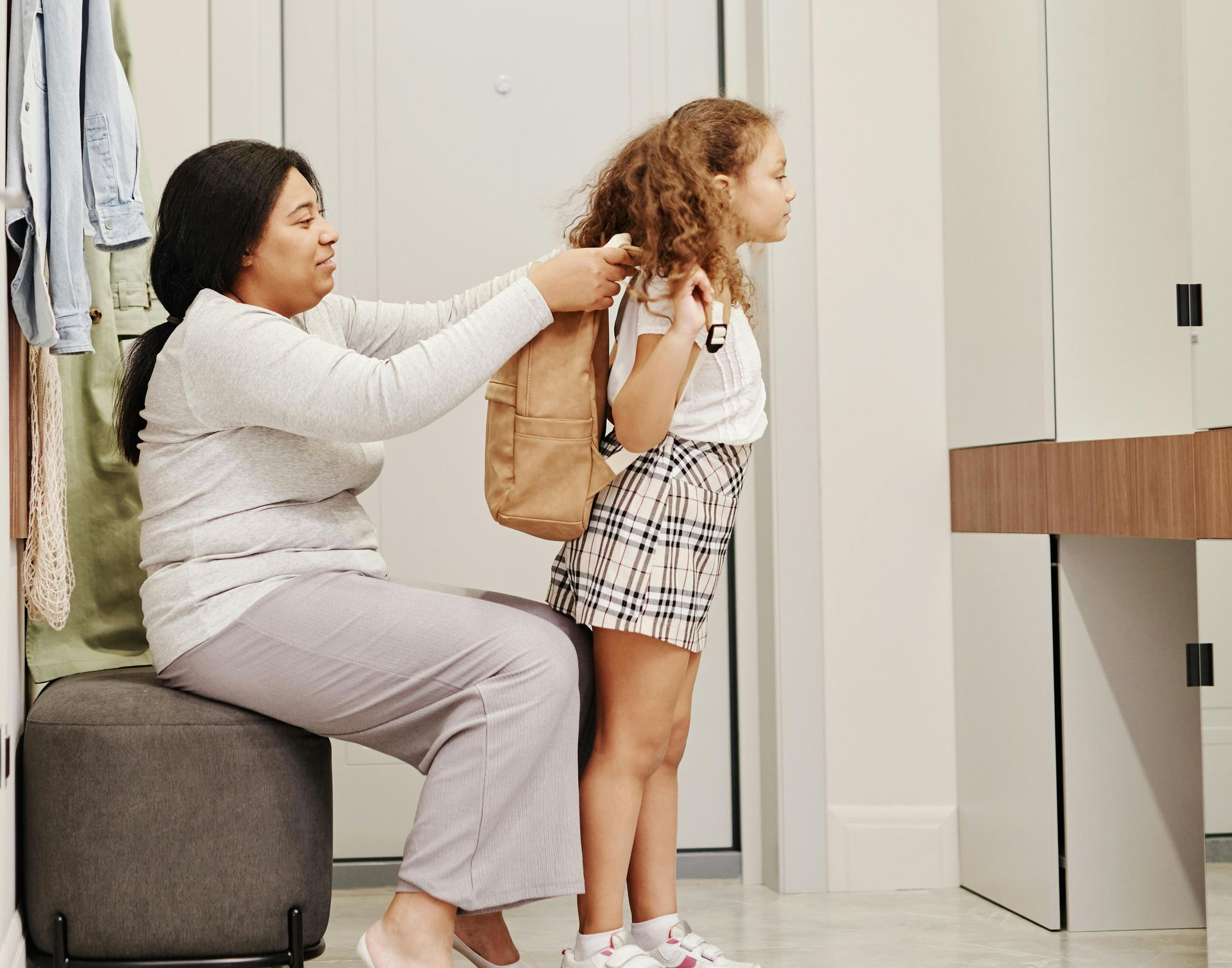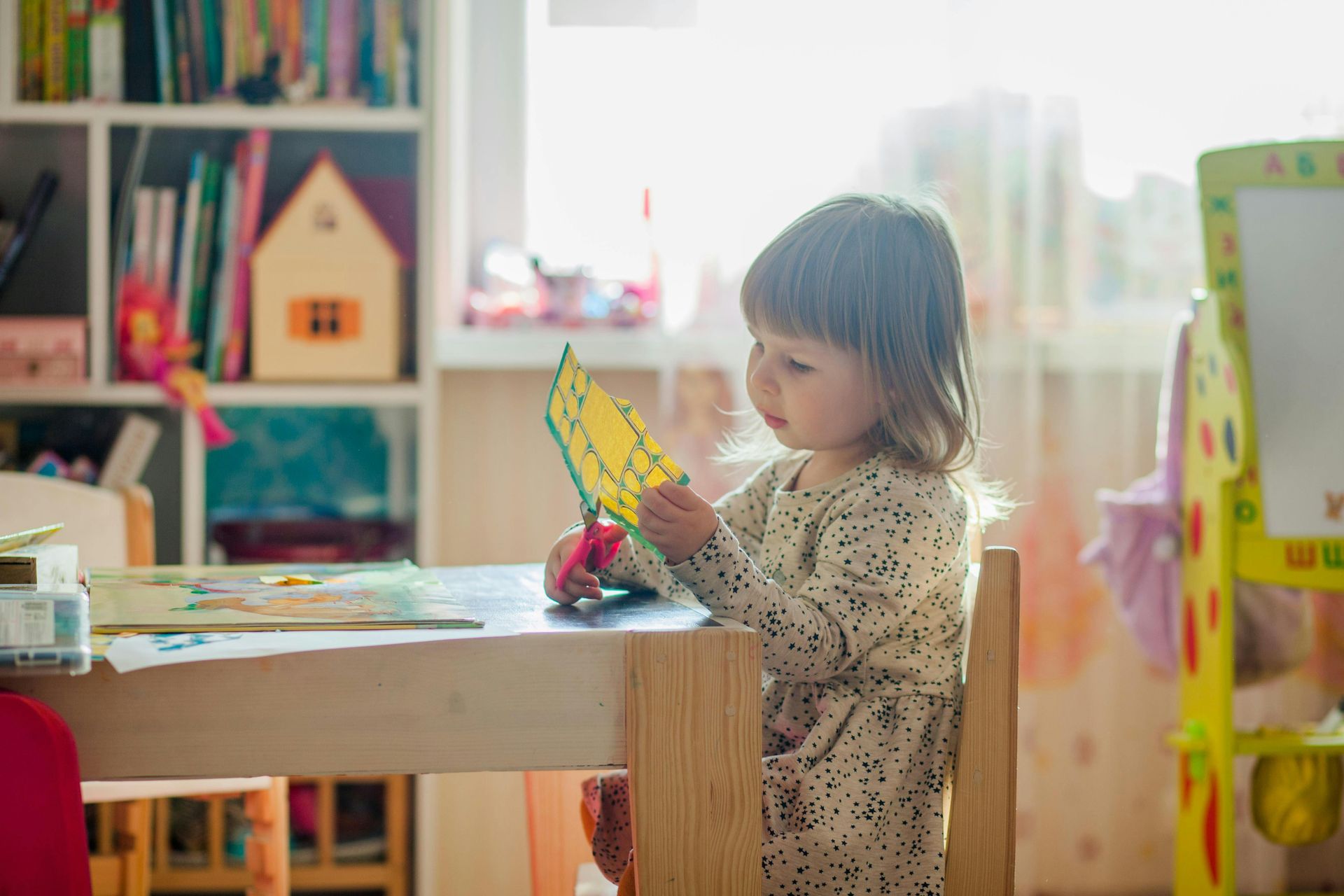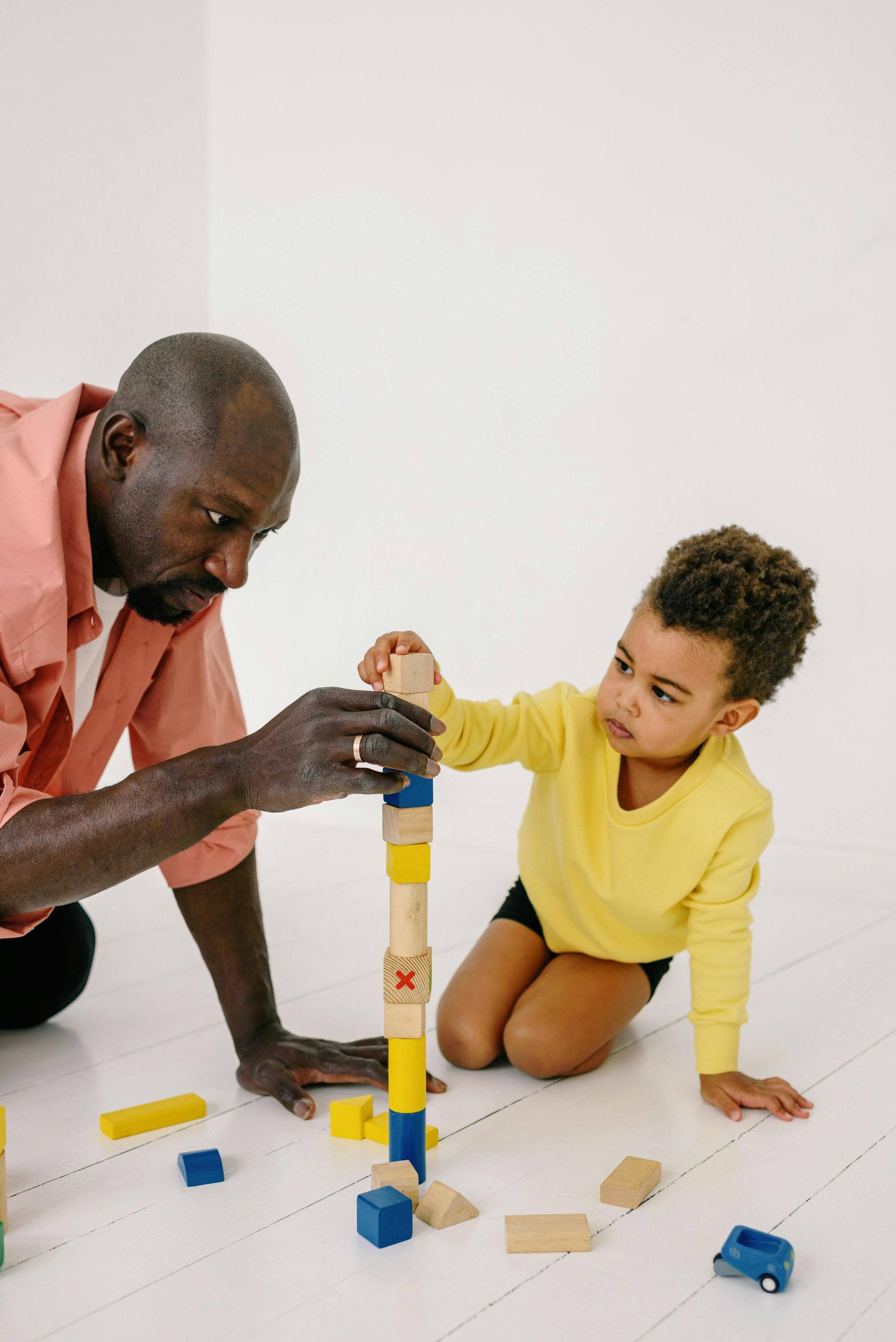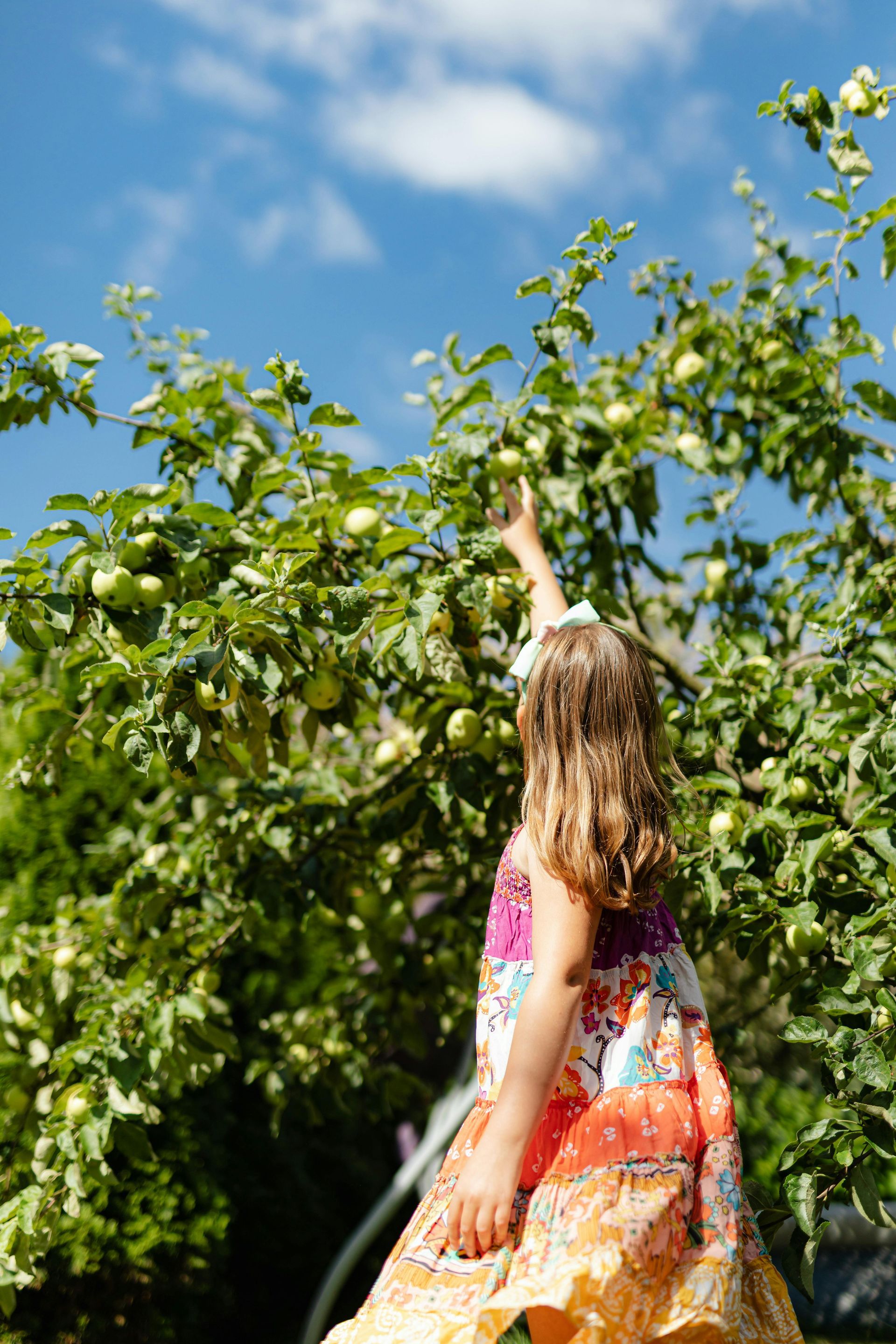Children with Autism: Working Towards Independence
Children with Autism: Working Towards Independence

The path to independence looks different from person to person, but even more so for children with autism. Autism brings its own unique set of challenges that a child must overcome to learn everything from hygiene to social skills to food preparation and other life skills.
What is Independence?
For an individual with autism, independence could refer to the ability to make a choice on one's own from a set of pre-established options, using assistive technology, or accomplishing a task with the appropriate level of support for that individual. Independence is less about doing everything by oneself, and it is more about empowering the individual to have an active and meaningful role in one's own life.
Hygiene and Self-Care
This area includes grooming, bathing, dressing and more, and includes truly foundational skills needed for quality of life. Depending on a child’s level of autism, they may be supported towards independence with any or all of the following strategies:
● Hand-over-hand teaching
● Adaptive technology
● Breaking task down into a series of very small steps
● Modeling
● Sequencing cards
● Social stories
● Celebrating success at every step!
Food Preparation and Nutrition
For older children and young adults, taking part in meal preparation is good practice for life skills with which they need to build some independence. Children with autism of different ages and levels can be involved in:
● Stirring, pouring, placing items on a tray
● Use tools like measuring cups or ergonomic cooking utensils
● Following a simple picture-based recipe
● Practicing kitchen safety
● Planning meals
● Grocery shopping
● Understanding the nutrition values of different foods
Autonomy in Decision-Making
Finally, a child with autism should be regularly building confidence and self-autonomy through decision-making. These can be big choices or little choices. Start small and work your way up supporting your child in these types of choices:
● Small choices, like “Do you want to wear your black shoes or your blue shoes?”
● Clear choice between two things
● More complex choices within the context of everyday life
● Social choices in roleplay or authentic learning opportunities
● Choices that require some level of critical thinking or problem solving
The road to independence is long, and the road and destination is going to look different for every individual. You may never know what exactly it will look like until you commit to set out on that road with your child with autism, providing whatever support they require along the way.
FAQs
Will my child with autism ever be fully independent?
This will vary on a person-to-person basis, but the important thing to remember is that complete independence and autonomy is not necessarily the goal. Independence is about respecting the unique strengths and challenges of every individual and allowing them to do what they can with and without support.
Can ABA therapy help foster independence in my child?
Absolutely! The entire goal of ABA therapy is to train a child to new behaviors and skills to mastery. Part of this process involves slowly removing supports so that the child gains new levels of confidence and independence.
If I could only do one thing to help my child gain independence, what should it be?
Routines, routines, routines. Routines are a key element of building independence. They provide structure and aid in executive functioning which can be a common challenge for many people with autism. This is a great place to start!





